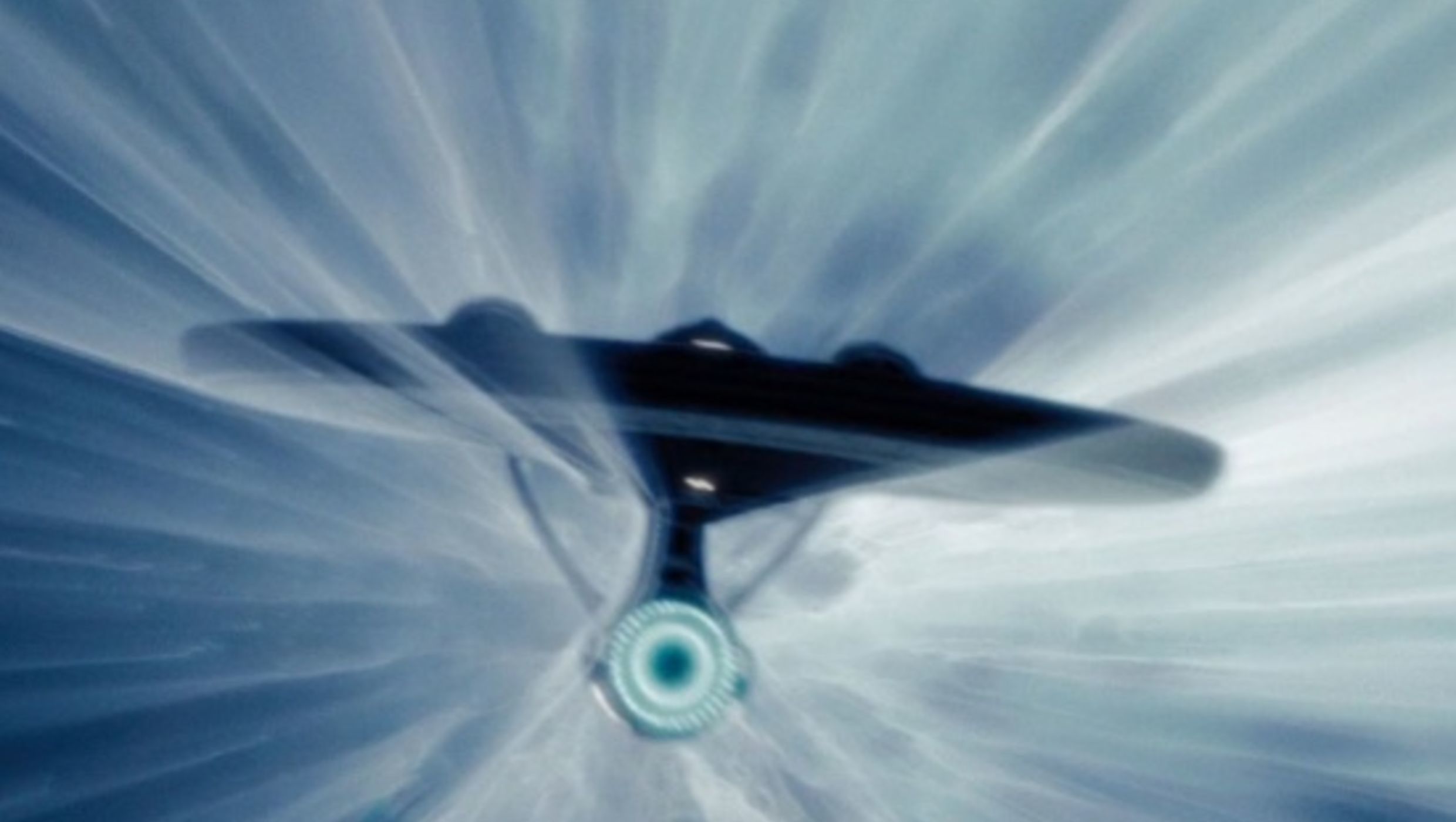Create a free profile to get unlimited access to exclusive videos, sweepstakes, and more!
Engage: A Trek-style warp drive just became a bit less impossible

Trekkies everywhere (and Star Wars fans who have been wanting a hyperdrive) are going to shoot to the moon once they find out that an actual warp drive might fly straight out of Star Trek and into actual future space tech. Just don’t expect dilithium crystals.
Undergraduate researcher Joseph Agnew of the University of Alabama Huntsville, recently spoke about the possibility of warping spacetime to take a ship like the USS Enterprise to alien planets that would otherwise be millions and billions of years beyond human reach. Agnew argued that even though light is supposed to be the built-in speed limit of the universe, there is a way around it that wouldn’t flatten everyone on board the starship from shooting through space at speeds the human body can’t handle.
"People used to say, ‘You’re dealing in something that would be great, but it takes the mass of the entire universe to do it,’" Agnew said of his recent warp drive study while speaking at the American Institute of Astronautics Propulsion and Energy Forum. "Now, we’re down to where, it is still an immense amount of energy and exotic matter is still a problem, but if we had that energy, we could do it."
If you just move the bubble of spacetime around the ship instead of moving the ship itself through spacetime, you could theoretically get to some exotic planet faster than the speed of light. It’s a matter of catapulting the medium through space instead of flying through the medium, of warping spacetime so that the craft inside that bubble would go along for the ride. Spacetime would have to be compressed ahead of the Enterprise and expanded behind it.
Theoretical warp propulsion systems have been on the minds of scientists (some of them undoubtedly Trek-obsessed themselves) for several decades. The thing is, until recently, it was believed that the energy power requirements to catapult a starship through space would be as much as the total energy of the entire universe. There is no way we’d be able to harness that kind of power. Now that the positive and negative energy requirements are estimated to be closer to the size of Jupiter’s total energy, there is science where there was once only fiction.
"Mathematically, if you fulfill all the energy requirements, they can’t prove that it doesn’t work," Agnew said. But he did acknowledge that “warp drive theory is at the point where the mathematics needs more development and the technologies need more development.”
The question is whether we could actually create a bubble like this, however small, in a lab — and then scale it up to fit an actual spacecraft. How sensitive the instruments are, not to mention the level of power needed to pull this experiment off, may be limits, but advancements in tech (like bigger and bigger magnetic generators) could soon have somebody feeling like Captain Picard, even if there isn’t much of a reaction. Agnew believes that using an interferometer would be optimal for measuring the amount of energy it would take to warp spacetime. He is convinced any reaction at all would be mind-blowing.
"The initial experiment may be extremely difficult to do, and it may take a lot of energy to create a very tiny first result, but my hope is that as we refine it, we’ll get better."
Make it so.
(via University of Alabama Huntsville)


























